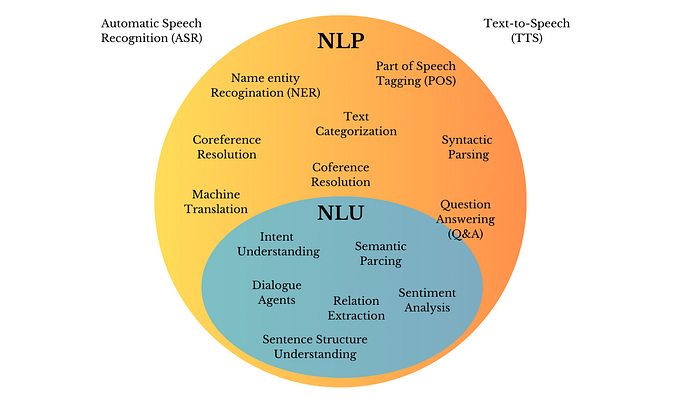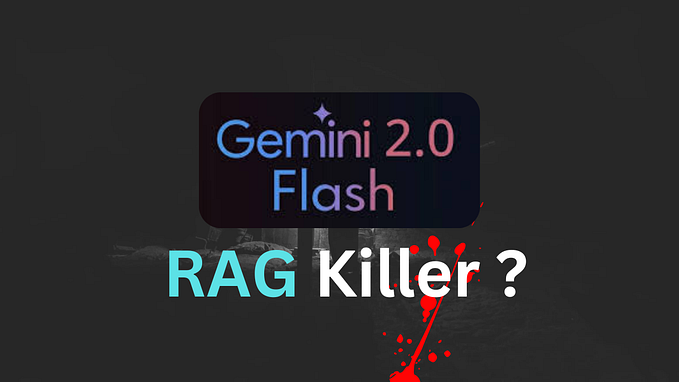Exploring the Complexities and Challenges of Large Language Models

The advent of Large Language Models (LLMs) has profoundly changed the landscape of natural language processing (NLP), machine learning, and numerous application areas, ranging from content generation to healthcare. But how well do we understand these complicated models that have now become an integral part of our technological lives? To address this query, a paper was recently published on arXiv.org, titled “A Comprehensive Overview of Large Language Models,” in July 2023. This insightful survey paper endeavors to consolidate various aspects of LLMs, from architectural innovations to ethical implications. Let’s take a closer look at some of the pivotal points mentioned in the paper.
Architectural Innovations
The neural network architectures form the backbone of LLMs. Over the years, we’ve seen a variety of them, including Recurrent Neural Networks (RNNs), Convolutional Neural Networks (CNNs), and more recently, attention-based models like Transformers. Each architecture has its own strengths and weaknesses. For instance, while RNNs can capture long-range dependencies, they are notoriously difficult to parallelize. Transformers, on the other hand, excel at parallelization but can be computationally expensive due to their attention mechanisms. The paper compares these architectures critically, examining their scalability, efficiency, and performance, helping researchers and engineers make more informed decisions.
Context Length Improvements
Context length, or the amount of input text a model can process, is crucial for the quality and diversity of the generated output. The paper explores various techniques for expanding the context length, such as sparse attention and memory networks. Sparse attention reduces the computational cost of attention by focusing on a subset of relevant tokens. Memory networks store and retrieve information from external memory modules. Larger context length enables the model to have a broader understanding of the text, improving the coherence and relevance of the output. The paper elucidates how advancements in this area can enhance the efficiency and usefulness of LLMs in a multitude of applications, such as summarization, dialogue, and question answering.
Model Alignment with Human Values
One of the most urgent concerns regarding LLMs is their alignment with human values and societal norms. The paper brings attention to issues like bias, toxicity, and misinformation, which are inevitably carried over from the data they are trained on. A variety of methods for mitigating these issues are discussed, such as:
- Data filtering: Removing or modifying data that contains harmful or unwanted content, such as hate speech or profanity.
- Debiasing: Reducing or eliminating the influence of certain attributes, such as gender, race, or age, on the model’s predictions or outputs.
- Adversarial training: Introducing perturbations or noise to the input data or the model parameters to make the model more robust and less sensitive to potential attacks.
This focus acknowledges the ethical implications of LLMs and offers viable solutions for making these models safer and more aligned with human values. However, the paper also recognizes the limitations and challenges of these methods, such as data quality, scalability, and evaluation. Therefore, it calls for more research and collaboration to address these issues and ensure the responsible development and deployment of LLMs.
Training Datasets
Quality training data is the cornerstone of any successful machine learning model. The paper dissects various sources of training data for LLMs, such as text corpora, web pages, books, news articles, and conversational text. It evaluates their quality, diversity, and impact on model performance, highlighting the trade-offs between quantity and quality, coverage and specificity, and relevance and noise. It also addresses concerns like incompleteness, privacy, and ethical issues that often plague existing datasets. By comprehensively examining these aspects, the paper guides the way towards more robust and reliable LLMs that can handle diverse and complex natural language tasks.
Benchmarking Performance
The effectiveness of an LLM is not easy to quantify, as different models may excel at different natural language processing (NLP) tasks. Therefore, the paper proposes a comprehensive list of benchmarks and metrics that cover various aspects of language understanding and generation. Some of the benchmarks and metrics are:
- BLEU: A metric for evaluating the quality of machine translation by comparing the output text with human references. Higher BLEU scores indicate higher similarity between the output and the references.
- ROUGE: A metric for evaluating the quality of text summarization by comparing the summary with human references. Higher ROUGE scores indicate higher overlap between the summary and the references.
- GLUE and SuperGLUE: Two benchmarks for evaluating the performance of LLMs on a range of understanding and inference tasks, such as natural language inference, sentiment analysis, question answering, and coreference resolution. Higher GLUE and SuperGLUE scores indicate higher accuracy on these tasks.
The paper also presents a comparative analysis of different LLMs on these benchmarks and metrics, highlighting their strengths and weaknesses. For example, the paper shows that GPT-4 outperforms other models on BLEU and ROUGE, but lags behind on GLUE and SuperGLUE. The paper also discusses the limitations and challenges of these benchmarks and metrics, such as data quality, task diversity, and human evaluation. By providing a comprehensive overview of LLM evaluation, the paper facilitates a more nuanced understanding of model capabilities, setting the stage for future research and development.
Efficiency and Environmental Impact
Last but certainly not least, the paper tackles the often-overlooked subject of computational and environmental efficiency. Training and running LLMs require enormous computational resources, leading to significant energy consumption. The paper explores strategies like pruning, quantization, and distillation to make these models more efficient without compromising their performance drastically.
Concluding Thoughts
The paper “A Comprehensive Overview of Large Language Models” serves as a pivotal resource for anyone interested in the rapidly evolving landscape of LLMs. It brings together a wide range of topics, providing clarity and direction for future research and application development.










